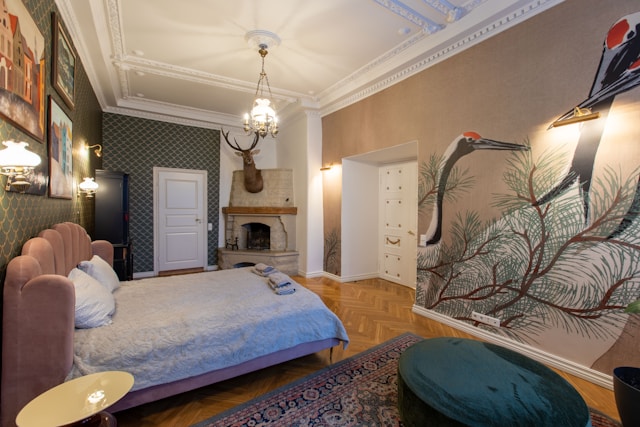Interior design is crucial in creating spaces that are both functional and visually appealing. Have you ever walked into a room and felt instantly comfortable or, conversely, overwhelmed by its layout or décor? This effect is the power of interior design, influencing how we perceive and interact with spaces.
Designers like Angela Steyn designer go beyond simple decoration when it comes to interior design. They encompass a wide range of services, including space planning, colour coordination, material selection, and lighting design, all tailored to the client’s needs and preferences. But how exactly do these services elevate building aesthetics, and why should they be an essential part of any renovation or new construction project?
The Role of Interior Designers in Space Planning
One of the primary functions of an interior designer is space planning. This involves arranging furniture, fixtures, and decor to make the most available space. Whether working with a large commercial office or a compact apartment, the goal is to create an efficient and comfortable layout.
Poor space planning can lead to overcrowded or underutilised areas, making the space feel disjointed. The placement of furniture, pathways, and entry points all contribute to how users navigate the room. By addressing these elements, interior designers can ensure that every square meter serves a purpose, creating harmony between the layout and the people who use the space.
The Impact of Colour and Texture on Aesthetics
The use of colour and texture plays a significant role in transforming a building’s appearance. Interior designers understand the psychological effects that colours can have on individuals. For example, warm tones like red and orange evoke warmth and energy, while cool tones like blue and green are calming and serene.
An experienced designer will select colours that reflect the client’s personality or brand and enhance the overall mood of the space. In addition to colour, texture is another vital element. Designers often use a combination of wood, metal, and fabric materials to create a balanced and engaging environment. These design choices can distinguish between a flat, uninspiring room and a vibrant, dynamic space.
Lighting: Setting the Mood and Functionality
Lighting is often an overlooked aspect of design but is key to setting the right atmosphere. Interior designers understand how different types of lighting—ambient, task, and accent—contribute to a space’s functionality and aesthetics. A room with poor lighting can feel dim and uninviting, while the right lighting can highlight architectural features and create a welcoming environment.
Designers plan lighting to suit the room’s aesthetic and accommodate its occupants’ needs. Strategically placing light sources, such as overhead fixtures, floor lamps, or wall sconces, ensures that every corner of the space is well-lit and functional.
Enhancing Aesthetics Through Customisation
Customisation is one of the key aspects of modern interior design. Every space has unique needs, and what works for one room may not suit another. Custom furniture, fixtures, and fittings allow designers to tailor the space to the client’s lifestyle, preferences, and the building’s architectural elements.
This customisation adds a layer of personal expression that cannot be achieved with mass-produced items. Incorporating custom elements enhances the visual appeal and ensures that the space is functional for its intended use. For example, custom storage solutions can maximise limited space in a small home, while bespoke furniture can reflect the distinct branding of a commercial office. The result is a space that not only looks good but also works efficiently for those who use it.
Interior designers like Angela Steyn designer have the power to elevate any building’s aesthetics by combining practical space planning, thoughtful colour schemes, and customised elements that reflect the client’s unique needs. Therefore, investing in professional interior design services is not just about creating beautiful rooms but also about optimising how spaces are used and enjoyed.




